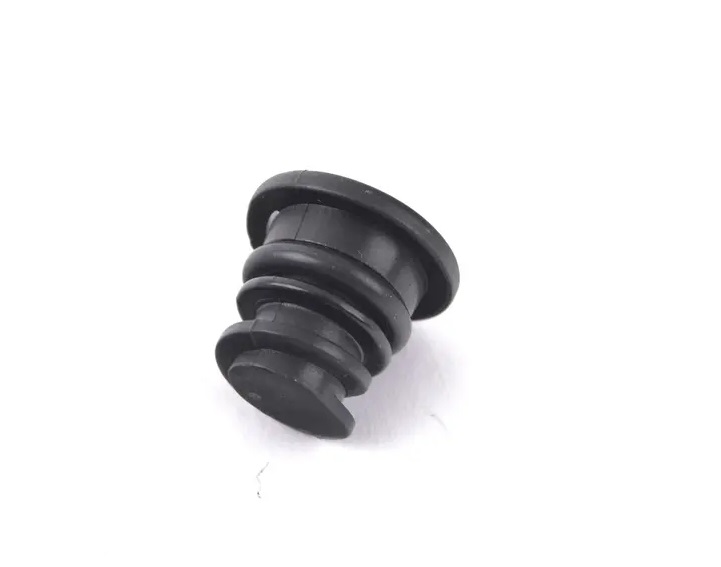High-Quality Rudder Bearings for Smooth Marine Operations
Understanding Rudder Bearings Essential Components for Marine Navigation
Rudder bearings play a critical role in the performance and maneuverability of watercraft. As essential components of a ship's steering system, they are responsible for supporting the rudder and ensuring smooth operation during navigation. This article will explore the function, types, and importance of rudder bearings in marine environments.
Function of Rudder Bearings
Rudder bearings primarily serve to provide a pivot point for the rudder to rotate about its axis. This rotation is vital for steering the vessel. When the helm is turned, the rudder alters its angle against the water flow, allowing the ship to change direction. The bearings reduce friction and wear between the rudder stock and the surrounding structure, enabling smooth and efficient movements. Moreover, they absorb loads and stresses that occur during operation, which can vary based on the vessel’s speed, weight, and sea conditions.
Types of Rudder Bearings
There are several types of rudder bearings used in marine applications, each with its own advantages and disadvantages. The most commonly utilized types include
1. Bronze Bushings Typically made of a bronze alloy, these bushings are highly resistant to corrosion and wear. Bronze bearings provide excellent strength and durability, making them suitable for various marine environments. However, they may require periodic lubrication to ensure optimal performance.
rudder bearings

2. Plastic Bearings Often made from materials such as nylon or polyethylene, plastic bearings are lightweight and offer low friction coefficients. They are resistant to corrosion and can withstand harsh environments, making them a popular choice for modern vessels. Plastic bearings require less maintenance, but their lifespan may be shorter compared to metal alternatives.
3. Composite Bearings Combining the benefits of both metal and plastic, composite bearings are engineered for enhanced performance. They provide excellent wear resistance, reduced friction, and can withstand extreme temperatures. This makes them a favorable choice for high-performance vessels or those operating in challenging conditions.
4. Hydrostatic Bearings Utilizing a thin film of water, these bearings minimize direct contact between the rudder stock and the bearing surfaces. This feature significantly reduces wear and maintenance requirements. Hydrostatic bearings are often found in high-speed vessels, where performance is critical.
Importance of Rudder Bearings
Rudder bearings are not just components; they are integral to the safe operation of a vessel. Properly functioning bearings contribute to efficient steering, promoting better maneuverability and control. This is especially important in emergency situations where quick and precise changes in direction can avert accidents.
Furthermore, the condition of rudder bearings can significantly affect the longevity and performance of the entire steering system. Regular maintenance and inspection are necessary to identify wear or damage, which can lead to costly repairs and potential safety hazards.
In conclusion, rudder bearings are vital components in maritime navigation, contributing to a ship's ability to maneuver effectively. With various types available, each suited to specific applications, vessel operators must choose the right bearing material based on their operational demands. By ensuring the proper maintenance of these bearings, mariners can enhance the performance and safety of their vessels while navigating through the world’s waters.
-
Simplifying Oil Changes: A Comprehensive Guide to Oil Drain Plugs and Their Variants
News Aug.04,2025
-
Mastering Oil Drain Maintenance: Solutions for Stripped, Worn, and Upgraded Oil Plugs
News Aug.04,2025
-
Fixing Oil Pan Plug Issues: Leaks, Stripped Nuts, and the Right Replacement Solutions
News Aug.04,2025
-
Everything You Need to Know About Oil Drain Plugs: Sizes, Fixes, and Upgrades
News Aug.04,2025
-
Choosing the Right Oil Drain Plug: A Guide to Sizes, Materials, and Drain Innovations
News Aug.04,2025
-
A Complete Guide to Automotive Drain Plugs: Types, Problems, and Innovative Solutions
News Aug.04,2025
-
The Ultimate Guide to Car Repair Kits: Tools and Essentials Every Driver Should Own
News Aug.01,2025
Products categories















